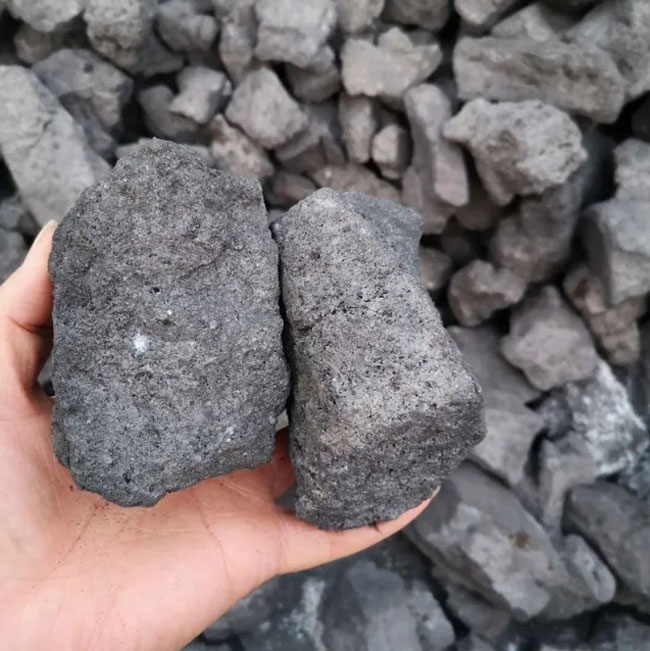
Petrol coke is a solid, carbon-rich byproduct of oil refinement and cracking. It also contains heavy metals and sulfide. It is produced primarily in the United States and other countries such as China, India Indonesia Saudi Arabia. It's brittle in texture, has a dark brown-black color and a very low water content.
In some power plants, it is used to generate electricity in boilers that burn coal. Steel can be made from it. It has a high energy density, making it a good substitute for coal in combustion processes. It produces less ash and has a higher thermal efficiency than other fossil fuels. The aluminum industry can use it to manufacture graphite electrodes.
Moreover, it can be used as a raw material for certain chemical industries. Heat treatment of petroleum coke above 2000degC can convert it to a highly densified, graphitic material. This improves its value as an electrically generating raw material by improving the electrocatalytic efficiency of hydrogen evolution reaction (HER andOER).
Coke can be used to produce heat and electricity in certain boilers and furnaces. It is often used in areas where coal is not readily available. Low moisture content makes it resistant to long-term storage and transport. Petroleum coke is more stable than coal and has a higher calorific and carbon value. It is also more resistant to corrosion and oxidation.

To remove impurities like sulfur, petroleum coke is thoroughly cleaned before it can be used as a source of fuel. The rotary kiln can be used to calcine the coke. This material is called "green" or unprocessed coal. It can then be refined in a coking furnace to produce fuel grade coke and anode grade carbon for use in the production aluminium.
The high quality calcining petroleum coke or graphite fossil oil coke is a key component of the steelmaking process. It can serve as a rich source of carbon for increasing the strength of molten metal and improving its conductivity. It can help reduce slag production and increase the efficiency of processes.
The coke can either be injected finely or as larger pieces. The injected coke forms a layer above the melter gasifier opening 10. The coke is carbonized into a combustible liquid gas as the metal melts. The fluidized bed is formed by mixing the liquidized bed with the coke in the lower section of the A zone. The resultant product can be fed into a metallurgical furnace or boiler. The coke can be used in electric arc furnaces as fuel. The quality of the coke must be strictly controlled to ensure that it can withstand the high temperatures and pressures of this process. Physical tests can measure the properties of petroleum coke like density, porosity or resistivity.

Write a Message